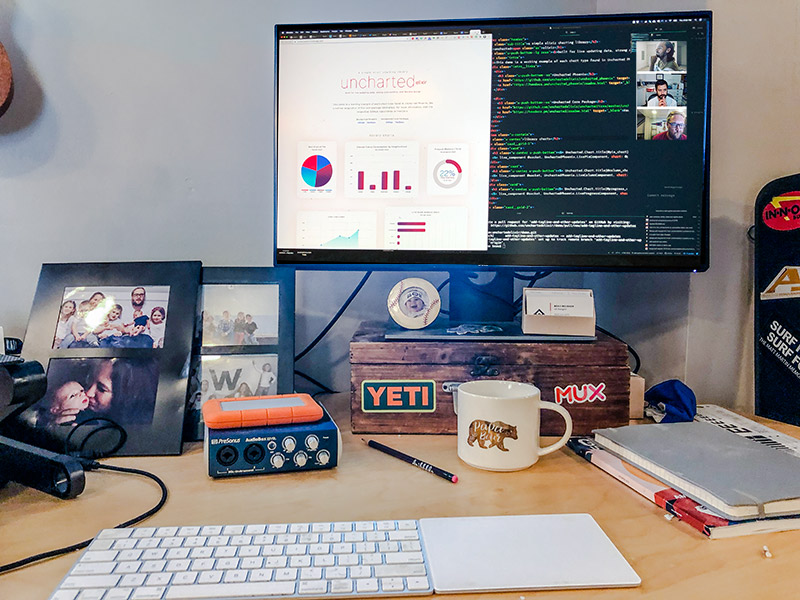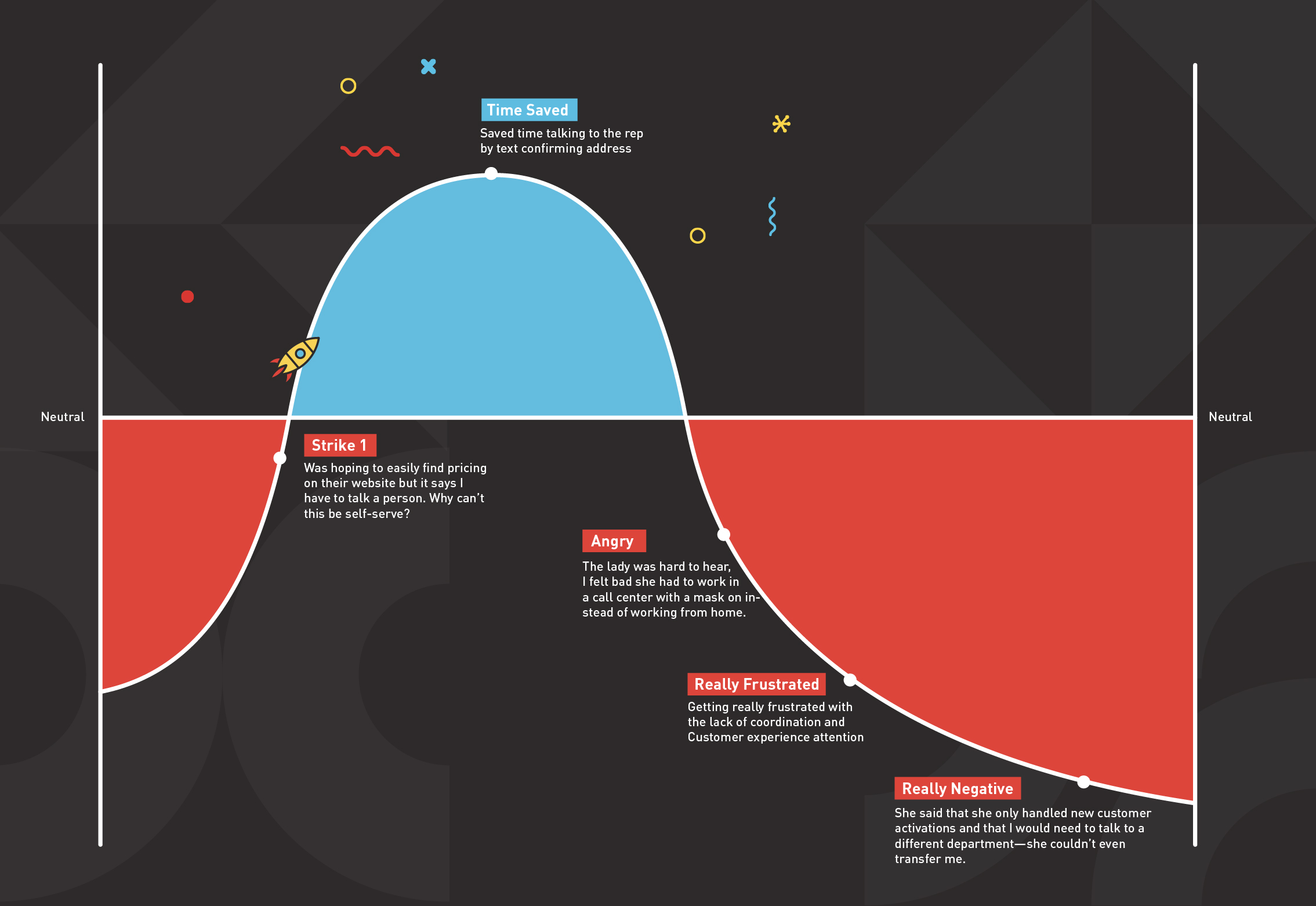
29 March 2021
The prototype is only one version of our vision
by Ryan Arthur
Creating a prototype is a great approach to starting any software product development project - or any large project for that matter. Having a low-cost rendering gives you a powerful tool to share and test your idea with stakeholders, investors, or potential users. Sharing your progress and gathering feedback is a critical step, especially early on, in developing a concept into a viable solution that people will respond to. A prototype can help you to test your assumptions and check your blind spots.
One thing that a prototype is NOT is a blueprint for exactly how your application will work or look. The prototype is only a snapshot of our understanding of the problem at the time. As your understanding of the problem and the market grows through the product development process, the application and your priorities will change from what they were in the prototyping phase. That’s why a prototype is really only a version of what your vision for the future looks like.
So why spend the time to prototype if you know that things are just going to change in the future? Well, that prototype is the perfect tool for learning what needs to change and how we might create a better solution for the problem. Gathering feedback and insights based on the prototype is an important step in the research phase. New information may cause you to adjust your solution for a given problem. That’s a good thing! Within weeks instead of months, a prototype can help you to learn what people are receptive to and where you might need to pivot.
But user and stakeholder feedback isn’t the only factor that can cause your approach to a problem to change. Prototypes are generally created as static assets that are designed without technological constraints. During the development phase of the application, you may be faced with tech hurdles that can cause you to take a different approach, or implement a slightly different workflow, than what you had planned in the prototype.
Once your understanding of the project changes, should you update your prototype? As always, the answer is “it depends.” Most of the time it’s not worth updating the prototype. Remember, it is a tool to help you learn when you don’t have anything better to gather feedback. Once you build the prototype and learn from it, it’s usually best to start building something real that people can use and learn from. The exception to this might be when the cost of building an early release is very high. In that case, it might be worth doing another round of prototyping to validate your learning before starting the build.
As you share your solution, collect feedback and learn your vision will grow and become more and more defined. A prototype is like a time capsule of where we came from. It helped us to validate our solution. It helped us refine that solution to focus on what is really valuable. It helped us create a tactical plan for how to take our concept and turn it into a tool that people can actually use in their daily lives. Even though it may become outdated over time as our vision grows (like all documentation) the prototype is the version of our vision that propels us into the future.

